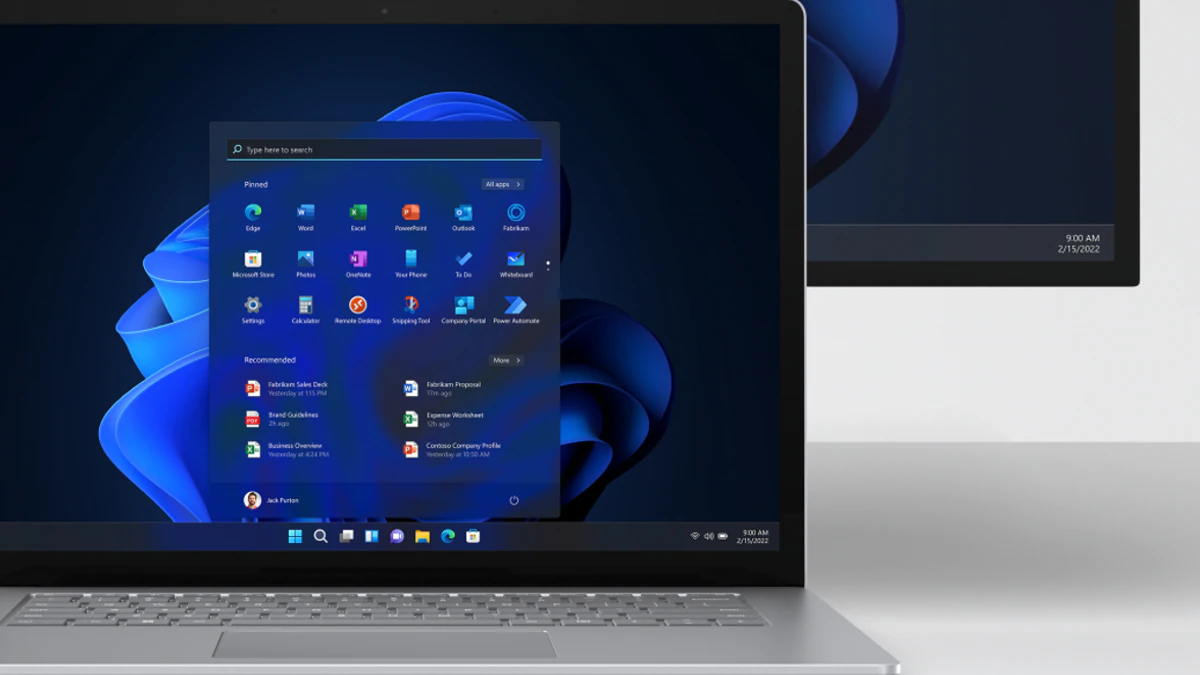
[ad_1]
Creating a remarkable client experience begins the minute your client signs their contract and pays their deposit. It begins with the onboarding process.
Client onboarding is the process of getting new clients up to speed so you can work together effectively, get the information you need, and create a great client relationships.
During the onboarding process, new clients acquire the knowledge, understanding, and tools needed to be a great client, and you acquire the knowledge, understanding, and tools needed to be a great service provider.
One of the most important things a successful onboarding campaign does is set expectations and establish boundaries with new clients in an effort to reduce or eliminate conflicts later on.
Expectations to Set Up Front with Client Onboarding
There are three core areas to focus on when setting expectations and boundaries:
- Expectations: What clients can expect from you, what you expect from the client, what’s next, and what the full process looks like
- Availability: Your availability, the best forms of communication, turn around times, and boundaries
- Communication: How communication, revisions, approvals, and scope changes will be handled
Your onboarding campaign also sets the tone for the entire project through a positive project kick-off, client affirmation and education, value delivery, and information gathering.
New Clients Without an Onboarding Process in Place
If you don’t currently have an onboarding system in place, some of the things you may be experiencing could include:
- Feeling like the last 10% of the project is nearly impossible to wrap up and requires 90% of the work
- You’re forced to babysit the client and chase down the thing you need to complete the project
- Projects are experiencing delays and deadlines are at risk of being missed
- You’re doing the best you can but things are starting to slip through the cracks
- The project management is lackluster at best and the client experience is suffering
- Clients have tons of questions, you’re drowning in email, and it’s hard to find the dedicated time to you to do the work you were hired for
Without an onboarding system in place, it’s highly likely that you’re running into frustration, obstacles, and even arguments with your clients that are draining your energy, monopolizing your time, and eroding your profits.
It’s an exhausting, overwhelming, and tough spot to be. Luckily, all of that changes when you add a carefully-crafted, well-thought out onboarding system to your business.
Benefits of a New Client Onboarding System
An onboarding system is proven to:
- Increase confidence and satisfaction
- Improve productivity and performance
- Streamline project workflows and eliminate delays
- Mitigate risk and manage objections
- Fewer revisions and changes
- Greater trust and understanding
- Reduce stress and confusion
- Educate, equip, and empower the client
And when you have a better experience delivering the work, your client has a better experience interacting with you. The end result is a better, higher-quality product. Also, you’re more likely to receive better testimonials and more referrals for the same amount of work (or less).

Four Steps to Create Your New Client Onboarding System
There are four core steps you need to follow to create a new client onboarding system for your business:
1. Figure Out What Must Be Included
The goal is to provide the client the tool, education, and resources needed to reduce ambiguity and uncertainty so it is easier for you and your client to work together.
Ask yourself:
- What does the client need to know, learn, understand, and do at this stage of the project?
- What do I need to know, learn, understand, and do at this stage of the project?
2. Outline Your System And Create The Content
Once you decide what content needs to be included in your onboarding system, it must be organized in a way that makes it easy for the client to understand. Ideally each piece of content delivered will build upon the previous information shared.
Ask yourself:
- What order should the content I provide be in to provide the best experience?
- How can I make the information I’m sharing as easy as possible to understand?
- What needs to happen to ensure my onboarding goals are met?
3. Decide On Your Delivery Method And Set It Up
How the information, tools, and resources are provided during onboarding is just as important as what you provide — if it isn’t easy and convenient, the client will ignore it.
Consider delivering your onboarding system through:
- Canned email responses
- Email automation
- Membership site
- PDF welcome packet
- Project management system notes
4. Test Your Onboarding System To Work Out The Kinks
Nothing will be perfect the first time you use it and you can’t anticipate every question or problem a client will encounter, so it’s critical to start using your new onboarding system right away and get actual feedback from your clients.
It’s helpful to get your clients involved in testing your new system:
- Let your clients know that you have created a new system in your business that will allow you to provide more value and create a better experience.
- Tell them that you value their experience and input and ask if they would be willing to provide feedback.
- If the client says yes, ask them to tell you if they find any typos (they happen), words or phrases they don’t understand, instructions that are unclear, broken links, or if they have any questions related to the content.
Then, once you have created your onboarding system, always be on the lookout for improvement opportunities. Set a reminder in your calendar to review the system on an annual basis to ensure it remains aligned with your brand, voice, clients needs, and project type.
Automation For The Win
After more than eight years of using my onboarding system in my agency and three years of teaching it to other freelancers and agency owners as part of my client management course Profitable Project Plan, email automation remains the best and most successful delivery method for new client onboarding.
No one likes email or an inbox full of messages to respond to, but everyone uses email every single day.”
With a documented system, you will be able to delegate it to a team member, or even better, automate it to run on its own so it frees up your time. Automation allows you to perfectly onboard new clients in a consistent manner without requiring you to be involved.
Automation isn’t meant to replace you or replace the client interaction; after all, that is an important part of building a positive client relationship. It is meant to manage the repetitive, non-strategic administrative tasks required to kick-off a project for you. That way all the time spent with the client is focused on the work that matters most; work that will move their project forward in a meaningful and purposeful way.
The Goal Of Onboarding
An onboarding system is the key to establishing common ground with your client. It empowers the client with extra education, support, and care to help them feel comfortable and confident in the communications and excitement about the project.
Onboarding is your opportunity to recap the scope of work, the process, and what comes next, to set expectations and establish boundaries, and to walk the client through what comes next.
Bottom line: The goal of onboarding is to remind the client that hiring you was a brilliant idea!
Focus on New Clients and Make More Revenue With Managed Hosting
[ad_2]
Source link







